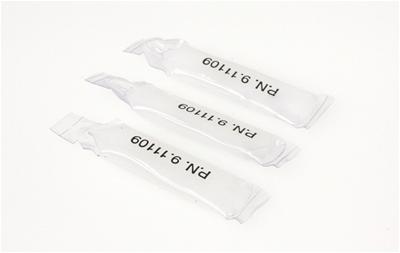Removing and installing bonded-rubber bushings requires a press or equivalent tool. No fun at all.
Removing rubber bushings, and installing Polyurethane bushings is remarkably easy provided you have an ordinary propane torch and:
1. The old bushings aren't so wiped-out that the outer shell is damaged, and
2. The Poly bushing kit comes with all eight of the metal inner sleeves--four lower, four upper.
3. The end-caps for the upper control arm bushings have to be cleaned-up and re-used.
The Poly control arm bushing kits I've seen for GMT400 vehicles don't have the inner sleeves for the upper arms. They supply new sleeves for the lower arms, but not the upper.
Upper sleeves are typically too rusted to re-use. I had to fabricate new sleeves for my '88 K1500. Easy with a lathe, not easy with tools belonging to Primitive Pete.
One sleeve as removed from the bushing, the other after being cleaned-up on a wire wheel.
You must be registered for see images attach
New and old sleeves, and a Poly bushing insert:
You must be registered for see images attach



